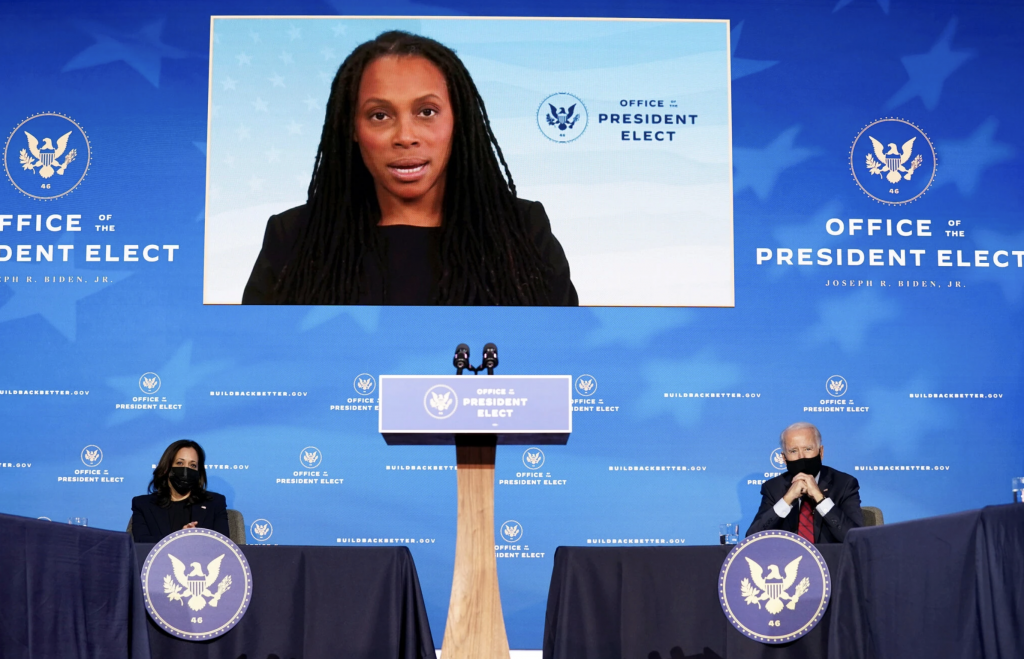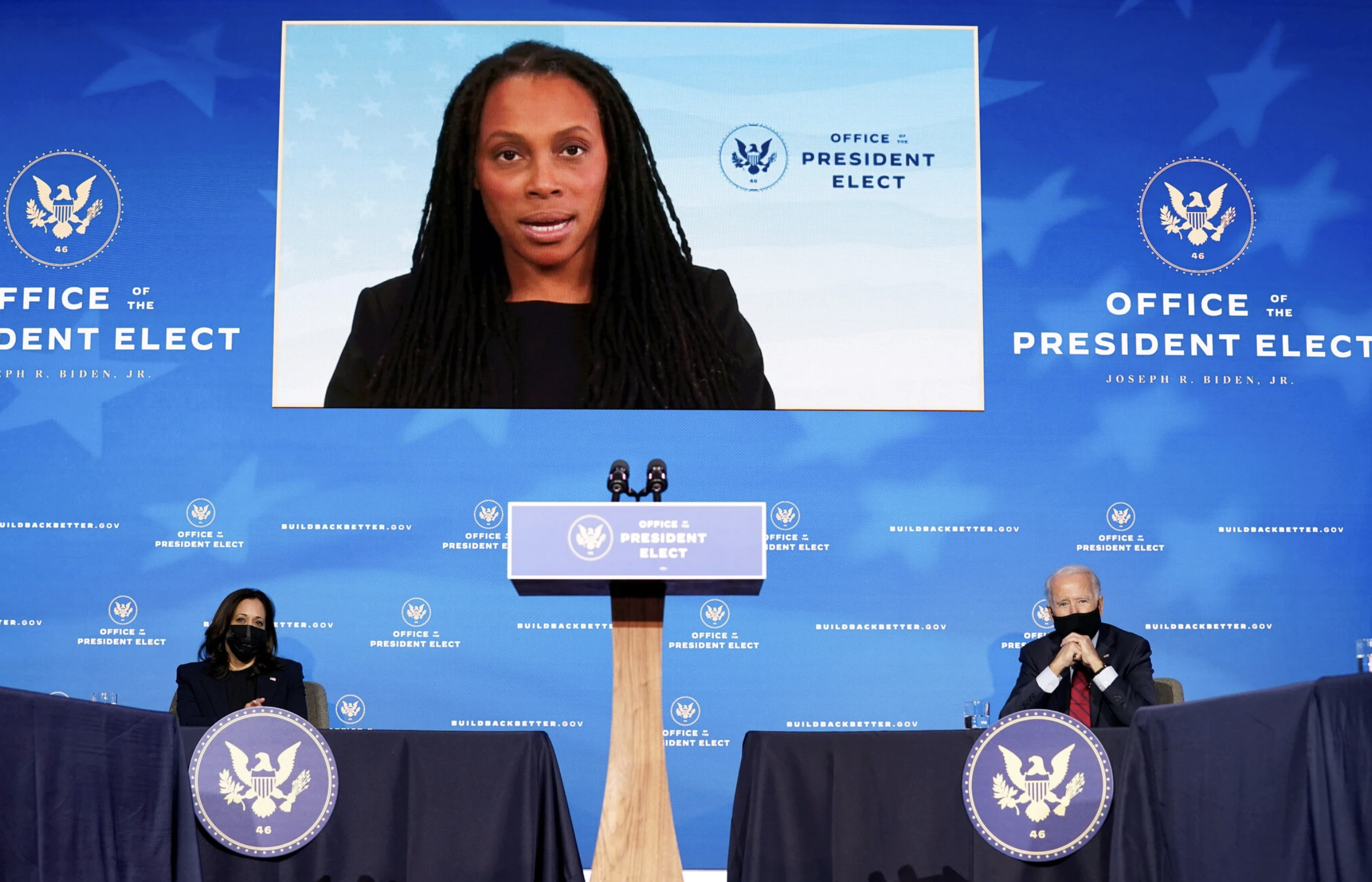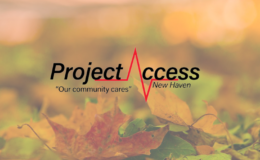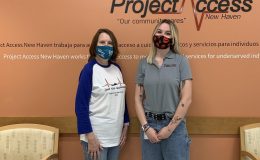Dr. Marcella Nunez-Smith discusses her role overseeing President Biden’s coronavirus equity task force and the challenge of tackling disparities in the pandemic.

WASHINGTON — President Biden has said repeatedly that racial equity will be at the core of his coronavirus response. Dr. Marcella Nunez-Smith is in charge of making that happen.
A Yale epidemiologist who grew up in the U.S. Virgin Islands, Dr. Nunez-Smith is the chairwoman of Mr. Biden’s coronavirus equity task force, charged with advising the president on how to allocate resources and reach out to underserved populations to fight a pandemic that has taken a devastating toll on people of color.
Black and Latino people have been nearly twice as likely as white people to die from Covid-19. Though data on disparities in vaccination are incomplete, early reports from the Centers for Disease Control and Prevention show that while Black people make up more than 13 percent of the U.S. population, just 5.4 percent of vaccine recipients are Black. Latinos make up 18.5 percent of the population but are 11.5 percent of those vaccinated.
“Make no mistake about it — beating this pandemic is hard work,” Dr. Nunez-Smith told reporters on Wednesday, after the White House named the members of the task force. “And beating this pandemic while making sure that everyone in every community has a fair chance to stay safe or to regain their health, well, that’s the hard work and the right work.”
Dr. Nunez-Smith spoke to The New York Times about the challenges ahead. This interview is edited and condensed for clarity.
Q. You’ve been in office just a few weeks. What have you learned?
A. What’s great about this is being public-facing. I hear from everyday Americans, every day. People write all the time with their own experiences.
What do they say?
People might write and say it’s great that you’re getting older people vaccinated, but one person wrote — they were Hispanic — and said, ‘Culturally we keep our older family members at home, and it’s a multigenerational household.’ Or, ‘I am an 82-year-old person living in X place and I can’t figure out how to register for my vaccine.’ ”
So what do you do when you get that kind of letter?
We’re going to set up a system to respond formally, but in that transition period, I would write back and just tell them, “Thanks.” And we’d try to connect folks with their local resources. And people write out of gratitude, though I haven’t done anything for them yet.
What do they say when they write out of gratitude?
A lot of people say that they are really happy there is a commitment to equity. That is far and away the dominant message I get. I did not expect that.
Obviously, you cannot cure racial disparities in health care overnight, so what are you aiming for, at least in the near term? And then in the long term.
We’re charged with rapid response recommendations, and then paving the way for equity in the recovery. We talk a lot about vaccines. But we can’t forget about everything else. We think about frontline essential workers and others who still have challenges in terms of having inadequate protection in the workplace. Access to testing is also uneven. It’s exciting to see new technologies emerge, but we also have to make sure that everybody can benefit from all of the scientific discoveries.
The C.D.C. recently released a report showing it has data on race and ethnicity for just 52 percent of vaccine recipients. Were you surprised by that?
I can’t say I was surprised. This is a lot of my academic reality.
Is tackling the data issue the thing you can do most immediately to get the biggest impact in the fastest time?
It is foundational for us. We can’t track or intervene on what we can’t see. The absence of the data is itself a reflection on choices that we’re making. In an equity march, you have to have data to guide that work. That is just a first principle.
What are you going to do, then, to make it better?
I often say, “Race and place matter a lot for health outcomes in our country.” So we think about things like ZIP codes, about areas with socially vulnerable geographic markers, and about bringing in our rural communities as well. The idea is for us to be able to have a tool kit of different metrics that we are able to use and follow. We are never going to hang our hat entirely on one data point.
I’m optimistic that we are going to get to a place where we are able to execute in a data-driven way. I am very optimistic and confident about that.
Gov. Andrew Cuomo said that in New York, among hospital workers, the vaccine hesitancy that they see among African-Americans is through the roof. What are you doing about that? I know that must be on your mind.
It is very much on my mind. And, you know, the governor is correct in that observation, and it is playing out across the country, both in terms of hospitals but also long-term care facilities. We see about a 38 percent uptake in the workers in long-term care facilities who identify as Black and brown.
But there are no transportation barriers, because the vaccine is being given at work.
There are structural barriers. I’ve heard many stories that invitations to register for the vaccination went out over email, and they have never even activated their email account because they’ve been working in environmental services or they’re working in dietary services. So they weren’t even aware that they were being invited.
Or there were others who would say that after the second shot, you might want to take a day off or something, but maybe they didn’t have any sick days. And they didn’t want to feel unwell after getting vaccinated. So I think that in every conversation around vaccine hesitancy or confidence, we are obligated to think a little deeper.
I have family members who write me and say they think it causes infertility.
Your own family members?
Oh sure! On the internet it’s bad. The misinformation is out there and traveling quickly, and so we’re going to be really intentional about that. At the end of the day, you have to figure out who people trust. My cousin didn’t write me because I have a role with the administration. She was just, like, you’re my cousin and you’re in health care. I’ve had a fair share of these incoming texts.
How often do you get to see the president, and what is his message to you?
We brief the president regularly, the Covid-19 response team. His message is clear and consistent: that we have to lead with equity in the work. It’s a clarion call from the president and the vice president. I value how frequently they want to hear directly from us.
Is there any special reward for you in being a Black woman and working for an administration that has made history by putting the first Black woman in the vice president’s office?
It’s phenomenal. I’m a parent. I have three young children who are biracial and they were thrilled when we had our first biracial president. And now, seeing her making history in this way, it’s amazing.
So for now, are you splitting your time between Yale and Washington? What is your plan?
That is the plan. I’m honored to chair the task force, and I’m trying to work myself out of this role.








Leave a Comment
You must be logged in to post a comment.